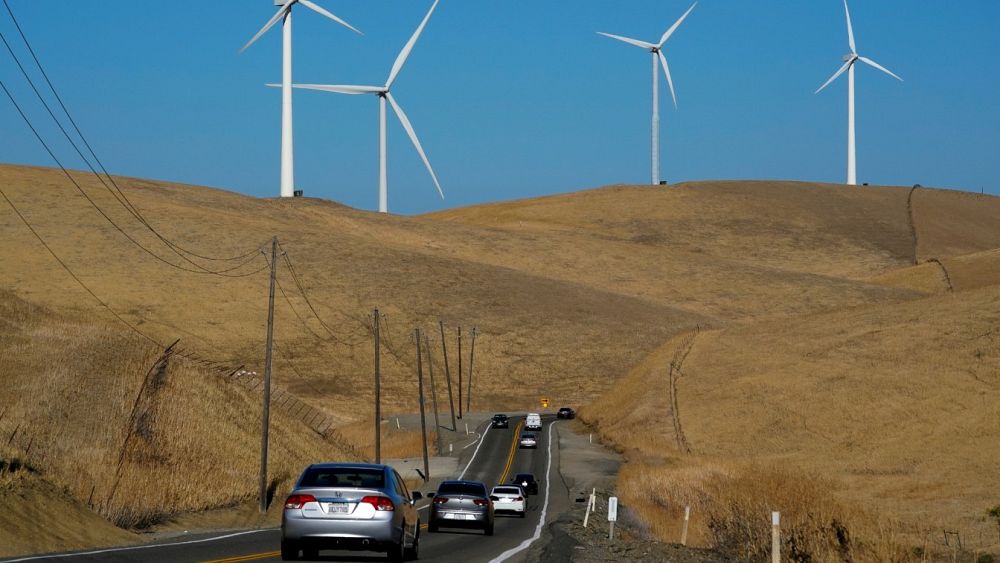
Carbon-free sources supplied over 40 per cent of the US’s total energy output in 2022, a new report reveals. This is an all-time high.
The figure combines renewable generation — such as solar, wind and hydro — and nuclear power. Nuclear and hydropower remained at similar levels to previous years, so the majority of this increase comes from wind and solar.
The data comes from the Sustainable Energy in America 2023 Factbook, which pulls from various sources on US energy. It is produced by the Business Council for Sustainable Energy.
The report also shows that electric vehicle (EV) sales surged by 50 per cent in 2022 with nearly 982,000 new cars sold.
What is the outlook for sustainable energy in the US?
In 2022, construction of renewables facilities in the US slowed slightly compared to previous years due to supply chain issues and inflation.
Despite this, renewables broke records, meeting 13 per cent of total US energy demand and 23 per cent of electricity demand — their highest level ever.
The outlook is even brighter for 2023, with Biden’s landmark Inflation Reduction Act promoting the clean energy transition. Passed in August 2022, it allocates $369 billion (€361 billion) to renewable energy and reducing greenhouse gas emissions, primarily through tax credits for all levels of the energy transition sector.
Towards the end of 2022, this legislation saw solar, EV battery and other clean energy sectors announce plans for new manufacturing plants on US soil. It also sparked interest in green hydrogen in industries like oil refining and steel production.
Is nuclear power sustainable?
Nuclear power is a contentious topic among sustainable energy advocates. It is considered ‘carbon-free’ as nuclear reactors don’t produce direct CO2 emissions.
However, it relies on uranium as fuel — the mining and refining of which is energy intensive.
Yet many see nuclear as a useful stopgap in the transition to renewable energy. Its production doesn’t depend on sunshine or wind, making it a reliable source of energy that is preferable to emissions-spewing fossil fuels.
Malfunctions — like those in Chernobyl and Fukushima — however, can be catastrophic. Even without accidents, nuclear power plants produce high levels of radioactive waste, which needs to be stored and treated.
Developments, such as the extraction of uranium from seawater and the creation of nuclear fusion reactors, could address some of these concerns in future.
In the EU, countries are sparring over the status of nuclear energy. France wants nuclear-derived hydrogen — usually categorised as ‘red’ or ‘pink’ — to be labelled as ‘green’. But Germany and Spain have opposed this.
Green hydrogen typically refers to that made using renewable energy like wind or solar.
How much energy came from renewables in Europe in 2022?
Solar power in Europe has soared by almost 50 per cent in 2022, according to a report from industry group SolarPower Europe.
It reveals that the EU installed a record-breaking 41.4 GW of solar last year — enough to power the equivalent of 12.4 million homes. That is a 47 per cent increase from the 28.1 GW installed in 2021.
In one year, the bloc’s capacity to generate power from this renewable source has increased by 25 per cent.
Wind and solar power also produced more of the EU’s electricity than fossil gas for the first time last year.
Renewable energy was responsible for a record fifth (22 per cent) of the bloc’s electricity, a report from clean energy think tank Ember shows.
“The shocks of 2022 only caused a minor ripple in coal power and a huge wave of support for renewables. Any fears of a coal rebound are now dead,” says Ember’s head of data insights, Dave Jones.

